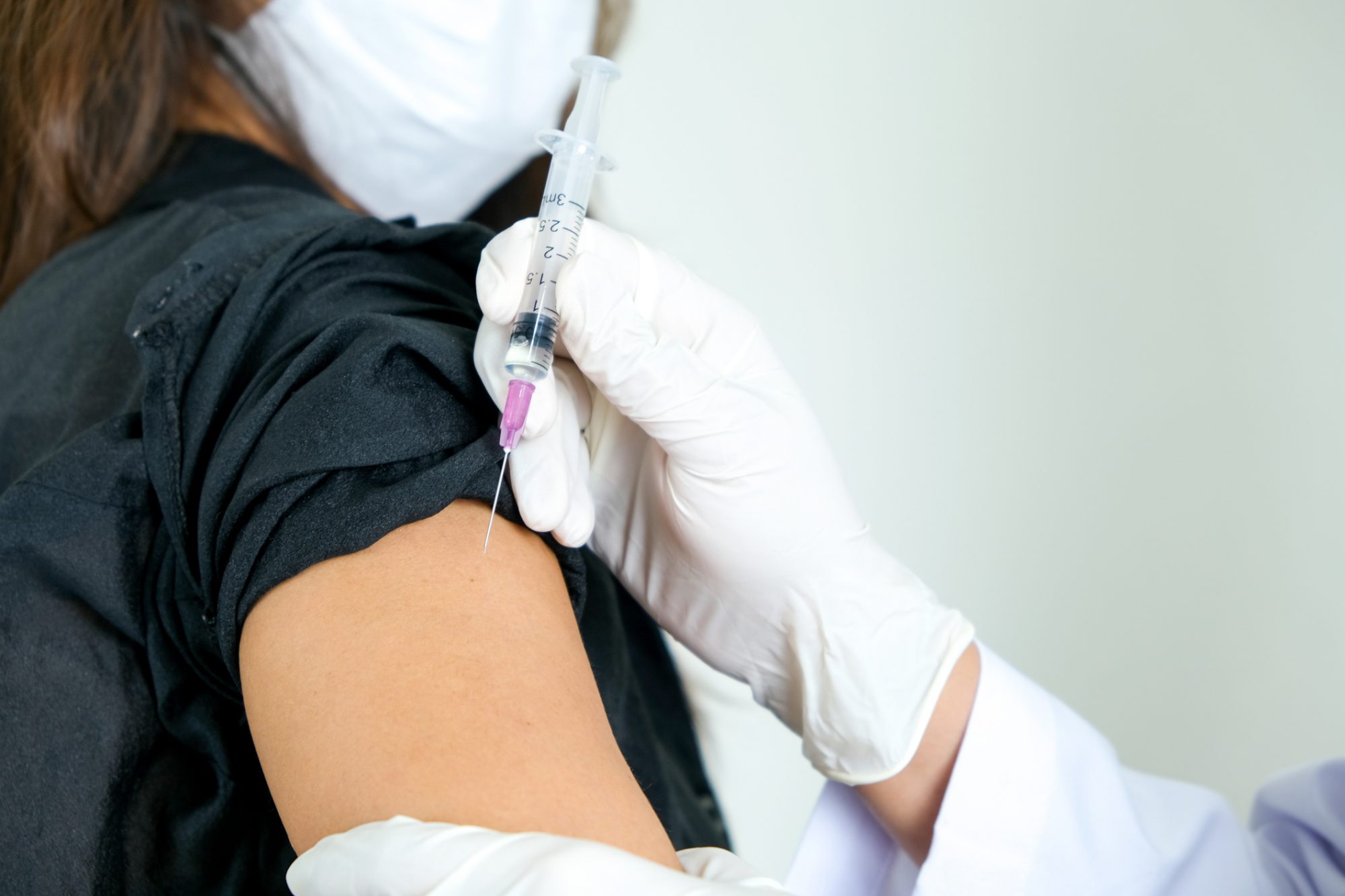When conducting drug trials, it is vital to include women and men in research to prevent gender gap issues like adverse drug reactions
Research by the University of California and the University of Chicago found that women experience adverse drug reactions nearly twice as often as men, due to a lack of information on dosage for women conducted in drug trials.
As drug dosages have historically been based on clinical trials conducted on men, researchers found a serious drug dose gender gap stemming from a historic disregard for the fundamental biological differences between male and female bodies.
Study lead author Irving Zucker said: “When it comes to prescribing drugs, a one-size-fits-all approach, based on male-dominated clinical trials, is not working, and women are getting the short end of the stick.”
There are gender gaps in 86 different medications approved by the FDA
Why have women been excluded from clinical drug trials? In part, researchers found it was due to issues with female hormone fluctuations which made results harder to study.
This led women of childbearing age to be kept out of drug trial studies up until the 1990s, due to medical and liability concerns about exposing pregnant women to drugs and risking damage to their foetuses.
Zucker said: “Neglect of females is widespread, even in cell and animal studies where the subjects have been predominantly male.
“Zolpidem, the popular sleep medication marketed as Ambien, lingers longer in the blood of women than of men, causing next-morning drowsiness, substantial cognitive impairment and increased traffic accidents.”

Women experienced worse side effects in 90% of the drug trials
Researchers analysed data from thousands of medical journal articles and found clear evidence of a drug dose gender gap for 86 different medications approved by the Federal Drug Administration (FDA).
These medications included antidepressants, cardiovascular and anti-seizure drugs and analgesics, among others.
Women in the studies were given the same drug dose as the men but were found to have higher concentrations of the drug in their blood, and it took longer for the drug to be eliminated from their bodies.
This led to more than 90% of cases of women experiencing worse side effects, such as nausea, headache, depression, cognitive deficits, seizures, hallucinations, agitation, and cardiac anomalies.
Overall, they were found to experience adverse drug reactions nearly twice as often as men.
In 2013, the FDA halved the recommended dosage prescribed to women
Since 2016, grant applicants are now required to recruit male and female participants in their protocols to avoid male bias in drug trials.
However, the inclusivity of women in drug trials has increased in recent years, but many of these studies still fail to efficiently analyse the data for sex differences, leading to more complications.
Biological sex and gender differences which put women at a disadvantage when taking prescription drugs need to be studied further, argue the researchers.











